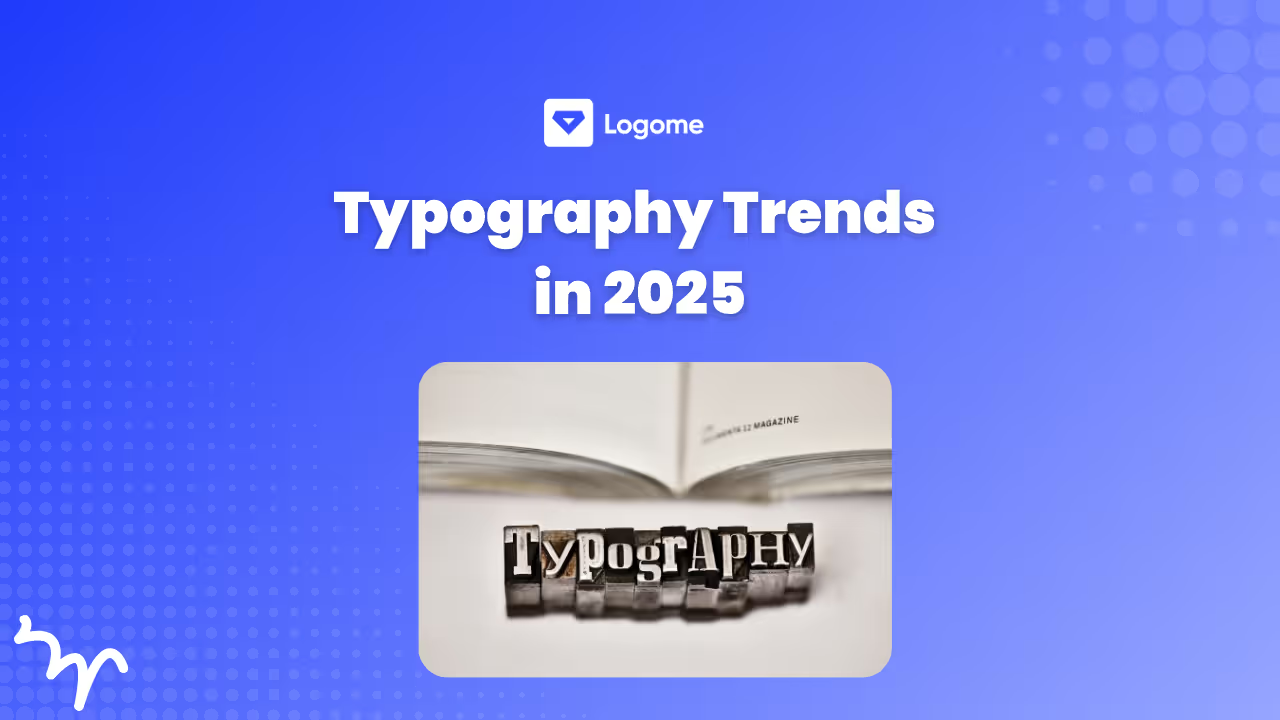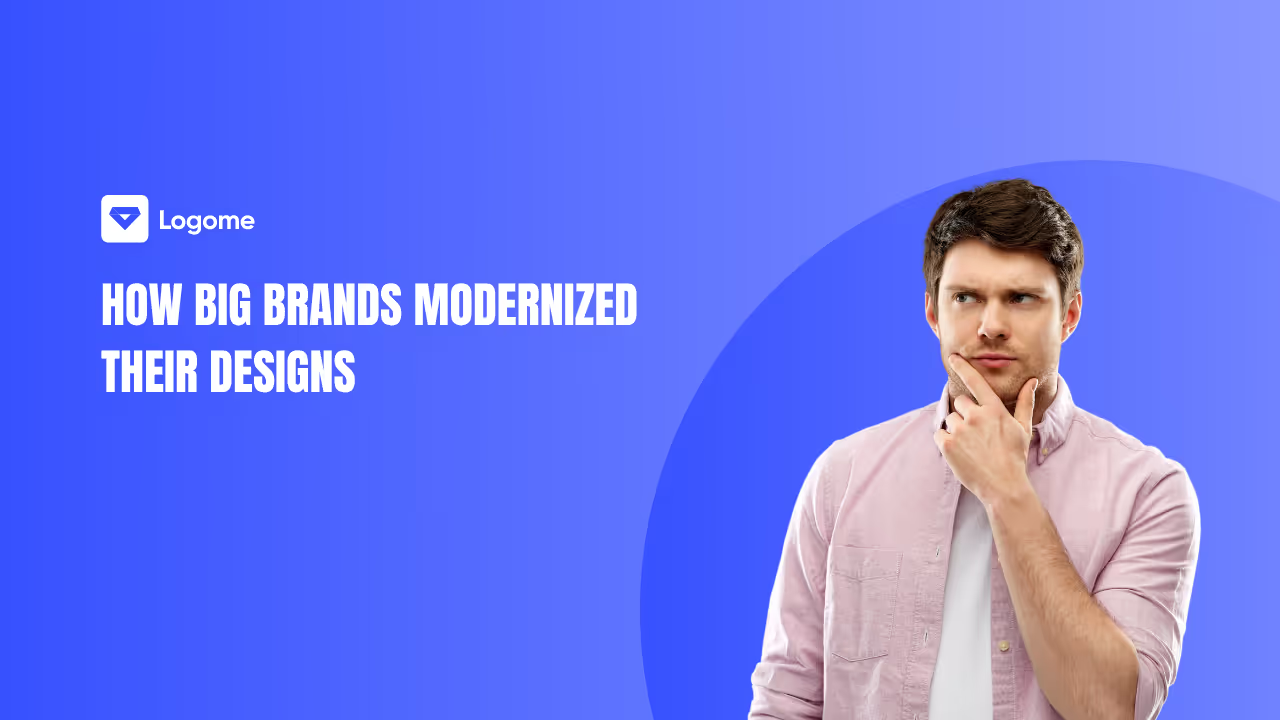Your brand logo is a visual symphony, a harmonious composition of colors, shapes, and typography that tells your brand story at a glance. But within this visual orchestra, a crucial decision arises: should you embrace the simplicity of a single color or the vibrancy of a multi-colored design? Both approaches have their merits and drawbacks, and the optimal choice depends on your brand identity and marketing goals.
The Allure of Single Color Logos: A Timeless Elegance
Single-color logos exude a sense of sophistication and refinement. They often leverage negative space and strong shapes to create a memorable impact. Here's why a single-color approach might be the perfect melody for your brand:
- Timeless Appeal: Single-color logos transcend trends. They maintain a classic elegance that endures, like the iconic black swoosh of Nike or the minimalist apple of Apple.
- Focus and Clarity: With just one color, the message becomes clear and uncluttered. Think of the red stop sign – its singular color demands immediate attention.
- Versatility and Cost-Effectiveness: Single-color logos shine across various mediums, from embroidery on clothing to one-color printing on business cards, keeping costs down.
- Memorable Impact: Sometimes, less is truly more. A single, bold color can leave a lasting impression, like the golden arches of McDonald's instantly recognizable worldwide.
The Power of Multi-Colored Logos: A Burst of Personality
Multi-colored logos inject a burst of personality and vibrancy into your brand identity. They allow you to express a wider range of emotions and tap into the psychology of color. Here's how a multi-colored approach can make your brand stand out:
- Emotional Connection: Colors evoke emotions. A multi-colored logo can leverage this power to create a specific mood, like the warm and inviting red and yellow of McDonald's or the cool and professional blue and white of IBM.
- Diversity and Playfulness: Multi-colored logos can represent a wider range of products or services, perfect for brands catering to diverse audiences. Think of Google's logo, where each color signifies a different aspect of their search engine.
- Memorable Differentiation: In a sea of single-colored logos, a vibrant multi-colored design can grab attention and create a more distinct brand identity, like the rainbow colors of the LG logo.
- Modern Appeal: Multi-colored logos often have a contemporary feel, reflecting the dynamic nature of today's digital world. Think of the multi-colored gradients popular in app design.
Understanding the Psychology of Color
Colors have a profound impact on human perception and emotions. Let's delve into some key color associations to guide your color selection:
- Red: Excitement, passion, energy (think Coca-Cola)
- Blue: Trust, security, reliability (think Facebook)
- Green: Growth, nature, harmony (think Starbucks)
- Yellow: Happiness, optimism, creativity (think Ikea)
- Purple: Luxury, sophistication, wisdom (think Hallmark)
- Black: Power, elegance, sophistication (think Chanel)
- White: Purity, cleanliness, simplicity (think Apple)
Choosing the Right Note: It's All About Brand Harmony
There's no single "correct" answer to the single-color vs. multi-color debate. The key lies in aligning your logo's color scheme with your brand identity and target audience. Consider these factors when making your choice:
- Brand Personality: Is your brand playful or serious, traditional or modern? Choose colors that reflect these characteristics.
- Target Audience: What emotions do you want to evoke in your audience? Colors can influence their perception significantly.
- Industry Standards: Certain color palettes are often associated with specific industries. Consider if you want to follow these norms or stand out from the crowd.
- Logo Complexity: Multi-colored logos can become overwhelming if the design is too intricate. Ensure clarity and balance.
Beyond Duality: Exploring the Spectrum of Color Combinations
Don't feel restricted to just one color or a rainbow explosion. Explore the possibilities between:
- Limited Palettes: Using two or three carefully chosen colors can create a sophisticated and impactful logo, like the blue and orange of Airbnb.
- Gradient Effects: A subtle gradient within a single color family can add depth and dynamism to your logo.
- Black and White: This timeless combination offers a classic and elegant feel, perfect for brands seeking sophistication and authority.
Conclusion: The Perfect Blend Creates the Perfect Brand Voice
Ultimately, the best logo color scheme is the one that resonates most deeply with your brand's core values and resonates with your target audience. Experiment, explore the psychology of color, and don't be afraid to seek professional design guidance. Remember, your logo is a visual symphony, and the perfect blend of colors will create a harmonious and impactful brand voice that speaks volumes.
FAQs about Color in Logos
Should a logo have multiple colors?
There's no single answer. Both single color and multi-colored logos have advantages. Consider your brand identity and target audience.
- Single color logos offer a timeless and classic feel, are versatile and cost-effective, and create a clear and focused message.
- Multi-colored logos allow for more emotional connection, represent diversity, create a distinct brand identity, and have a modern appeal.
What is a single color logo called?
There isn't a specific term for a single color logo. It's simply referred to as a "logo" with the name of the color, like "blue logo" or "black and white logo."
Which is the best color for a logo?
There's no "best" color – it depends on the message you want to convey and your target audience. However, understanding color psychology can be helpful. For instance, red suggests excitement, blue represents trust, and green signifies growth.
What does a multi-color logo represent?
Multi-colored logos can have various meanings:
- A wider range of emotions: By using multiple colors, you can evoke a specific mood or feeling.
- Diversity: Multi-colored logos can represent a variety of products or services, appealing to a broader audience.
- Memorable differentiation: A vibrant logo can stand out from the crowd and create a unique brand identity.
- Modernity: Multi-colored designs often have a contemporary feel, reflecting the dynamic nature of today's digital world.










